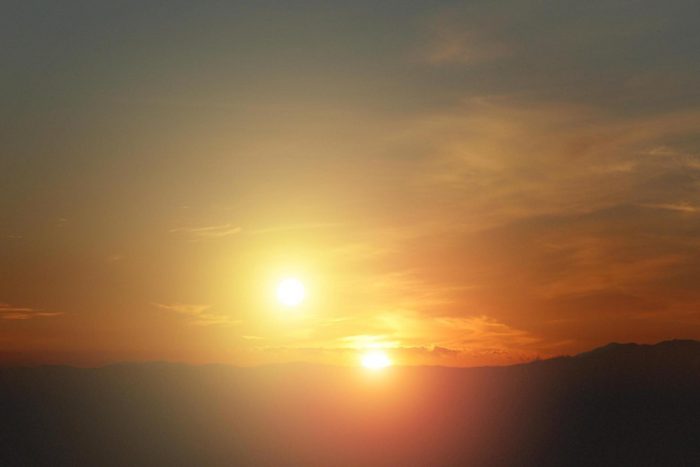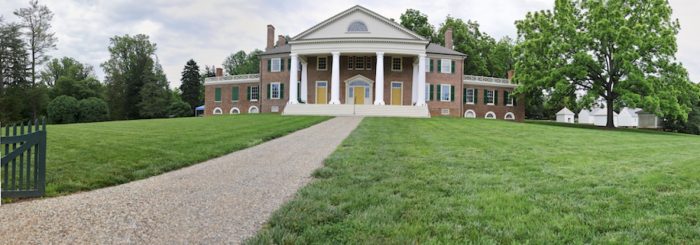ICYMI: Highlights from the week that was June 18 – June 24, 2017
No one can keep up with everything, so let us do it for you. We’ll gather the top Smithsonian stories from across the country and around the world each week so you’ll never be at a loss for conversation around the water cooler.
What goes around comes around this week as we look at a three-ring circus, a world with two suns, and the symbolism of a single loop of rope.
Justices Strike Down Law Banning Disparaging Trademarks
The New York Times, June 19
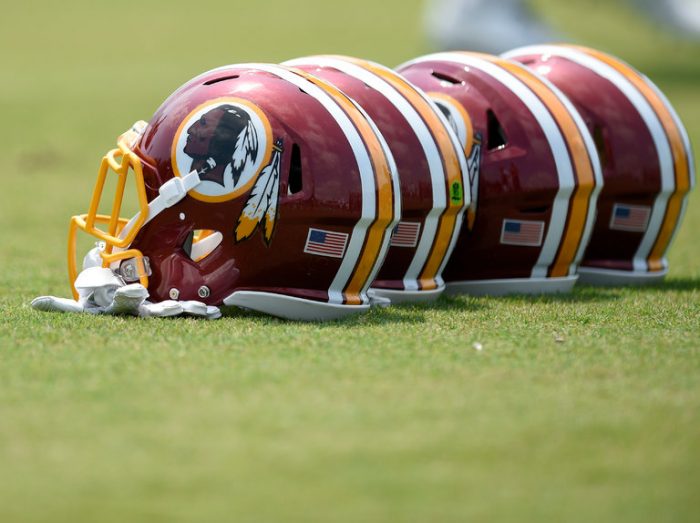
The court’s decision probably means that the Washington Redskins football team will win its fight to retain federal trademark protection. Credit Nick Wass/Associated Press
In a decision likely to bolster the Washington Redskins’ efforts to protect their trademarks, the Supreme Court on Monday ruled that the government may not refuse to register potentially offensive names. A law denying protection to disparaging trademarks, the court said, violated the First Amendment.
The decision was unanimous, but the justices were divided on the reasoning. Read more from Adam Liptak for the New York Times.
Where Is Our Sun’s Twin?
New research suggests sun-like stars are born in pairs, resurrecting the idea of a solar sibling from billions of years ago.
The Atlantic, June 19
In the 1980s, some astronomers started batting around the idea that the sun had a long-lost twin, circling undetected in the edges of the solar system. They suggested that the existence of a companion star to our own might explain some cataclysmic events on Earth, like the mass extinction of the dinosaurs. Perhaps the orbit of this star, they said, was capable of disrupting the Oort cloud, a massive region of icy objects beyond Neptune’s orbit. Its gravitational forces could dislodge comets and send them hurtling toward Earth. The astronomers named the hypothetical star Nemesis, after the Greek goddess of retribution. Read more from Marina Koren for The Atlantic.
Noose found east of National Gallery of Art
The Washington Post, June 17
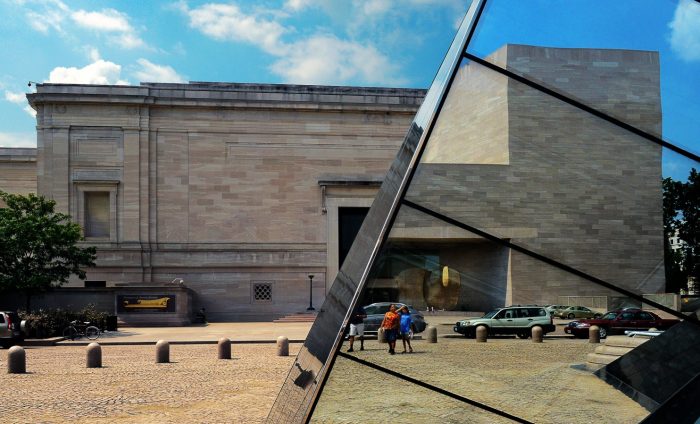
The National Gallery of Art in 2013. A noose was found about a block from the museum, at Third Street and Pennsylvania Avenue NW. (Bill O’Leary / The Washington Post)
A noose was found Saturday on the Mall, at least the third in that area in recent weeks.
The noose was hanging from a lamppost near the National Gallery of Art, said Sgt. Anna Rose, spokeswoman for the U.S. Park Police. Read more from Martin Well for the Washington Post.
At James Madison’s home, slaves’ lives matter as much as the man who owned them (OPINION)
The Washington Post, June 20
In 2007, while the restoration of James Madison’s Montpelier, in Orange, Va., was underway, a group of the estate’s African American stakeholders came to make a visit. Giles Morris, Montpelier’s vice president for marketing and communications, found himself on the terrace overlooking the South Lawn with Iris Ford, an associate professor of anthropology at St. Mary’s College of Maryland who is descended from people enslaved at Montpelier. Read more from Alyssa Rosenberg for The Washington Post.
After “Infinity Mirrors,” Hirshhorn Director Melissa Chiu Reflects On Access To Exhibits And The Role Of Politics In Art
WAMU “The Kojo Nnamdi Show,” June 20
Shortly after she took the role of director of the Hirshhorn Museum and Sculpture Garden, Melissa Chiu was under fire for holding museum fundraisers in New York instead of Washington. Nearly three years since starting, she’s coming off her biggest success yet, a furiously popular exhibition of Yayoi Kusama’s “Infinity Mirrors.” Chiu talks to Kojo about access to the arts and how politics are becoming an even bigger part of what artists are doing. Listen to the complete interview.
A new, 30,000-square-foot civics lesson at the National Museum of American History
The Washington Post Express, June 22

Visitors to the new exhibits can leave their handprints on a heat-sensitive map of America (National Museum of American History)
Closed for renovations since 2012, the second floor of the National Museum of American History’s west wing reopens Wednesday with a renewed purpose: to tell the story of American democracy and encourage people to participate. Formerly the home of a hodgepodge of exhibits including “First Ladies’ Fashions,” the renewed 30,000-square-foot space now seems like a cohesive, three-dimensional civics textbook. It even has a textbook-worthy name: “The Nation We Build Together.” Read more from Sadie Dingfelder for The Washington Post.
Despite Ringling Bros. pulling up stakes, circuses remain popular
Smaller shows fill gap after Ringling pulled up stakes
The Washington Times, June 22
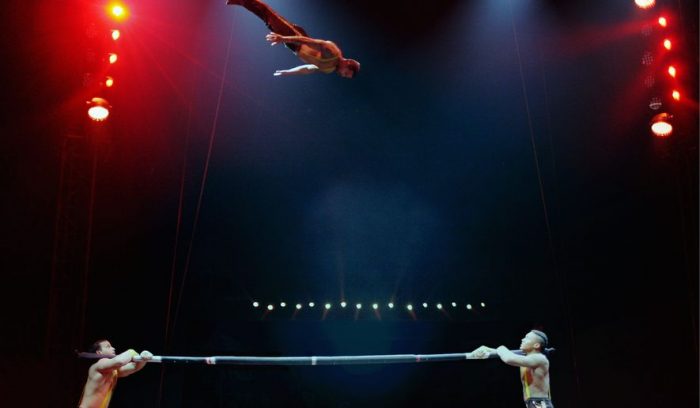
The Smithsonian will highlight 20 smaller circus groups as part of its 50th Folklife Festival, an outdoor exhibition that each year highlights a different profession. The event begins June 29.
Reports of the death of the circus are proving exaggerated.
There were plenty of obituaries when Ringling Bros. and Barnum & Bailey, the leading name in classic clowns-acrobats-and-lions circus, shut down in May after 146 years of operation, harassed by animal rights groups and unable to compete in an era saturated with easily accessible electronic entertainment. Read more from Nicole Ault for the Washington Times.
A Noose at the Smithsonian Brings History Back to Life (OPINION)
The New York Times, June 23
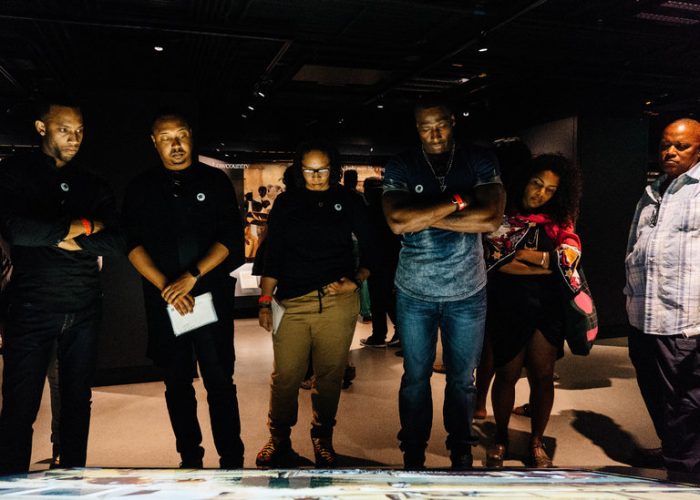
Visitors at the National Museum of African American history and Culture in Washington, D.C. (Justin T. Gellerson for The New York Times)
The person who recently left a noose at the National Museum of African American History and Culture clearly intended to intimidate, by deploying one of the most feared symbols in American racial history. Instead, the vandal unintentionally offered a contemporary reminder of one theme of the black experience in America: We continue to believe in the potential of a country that has not always believed in us, and we do this against incredible odds. Read more from Lonnie Bunch, director of the National Museum of African American History and Culture.
Posted: 17 July 2017

